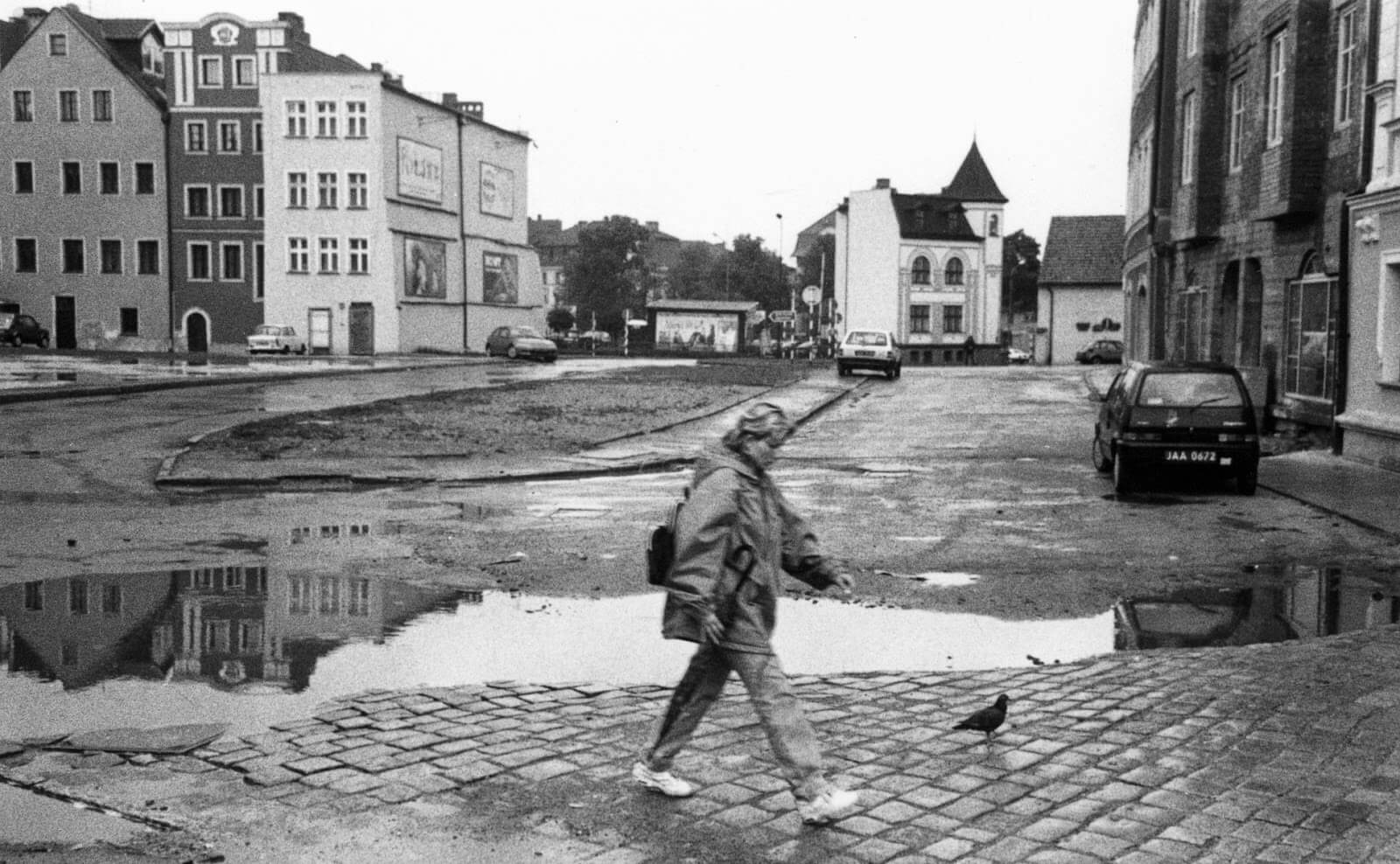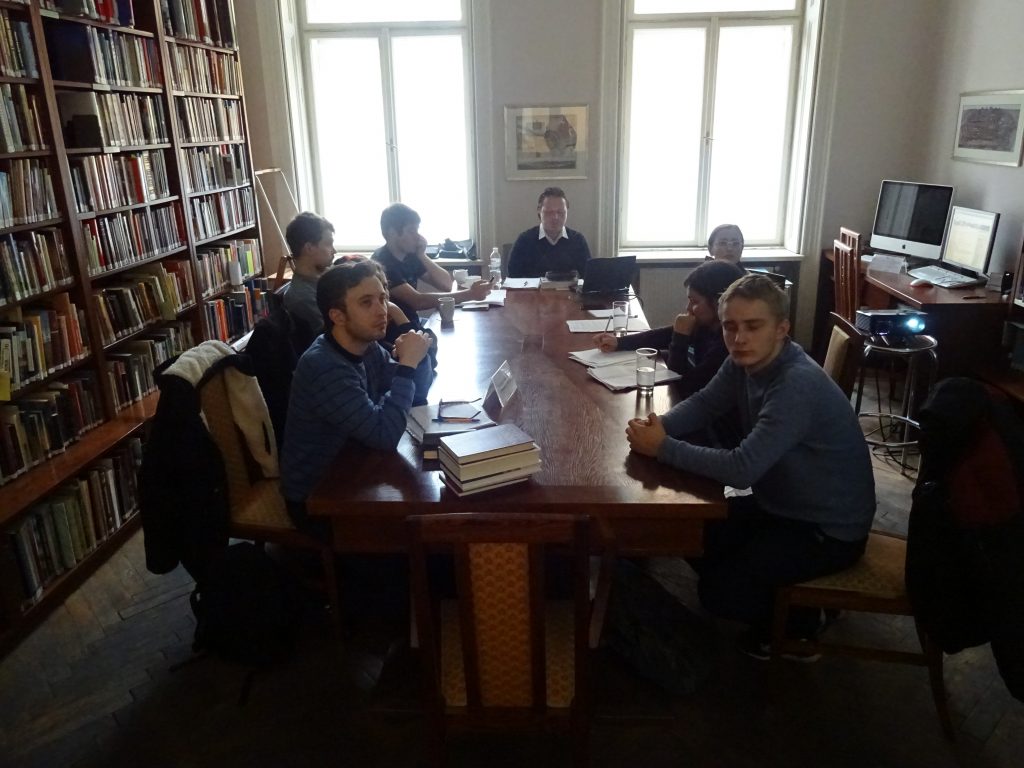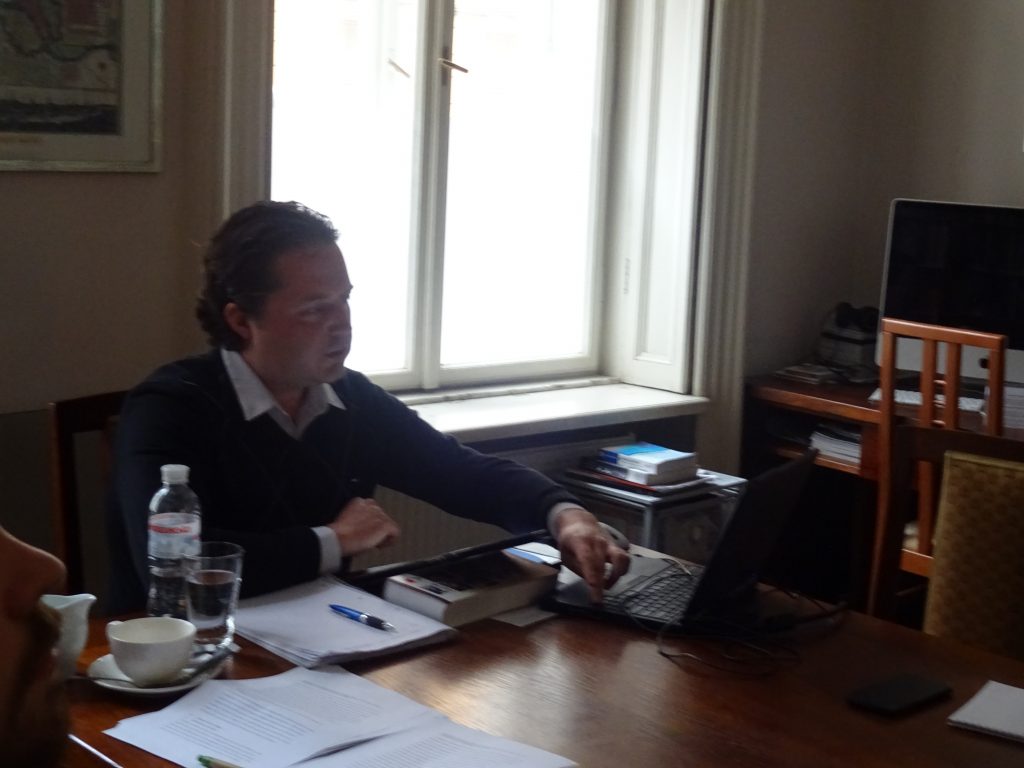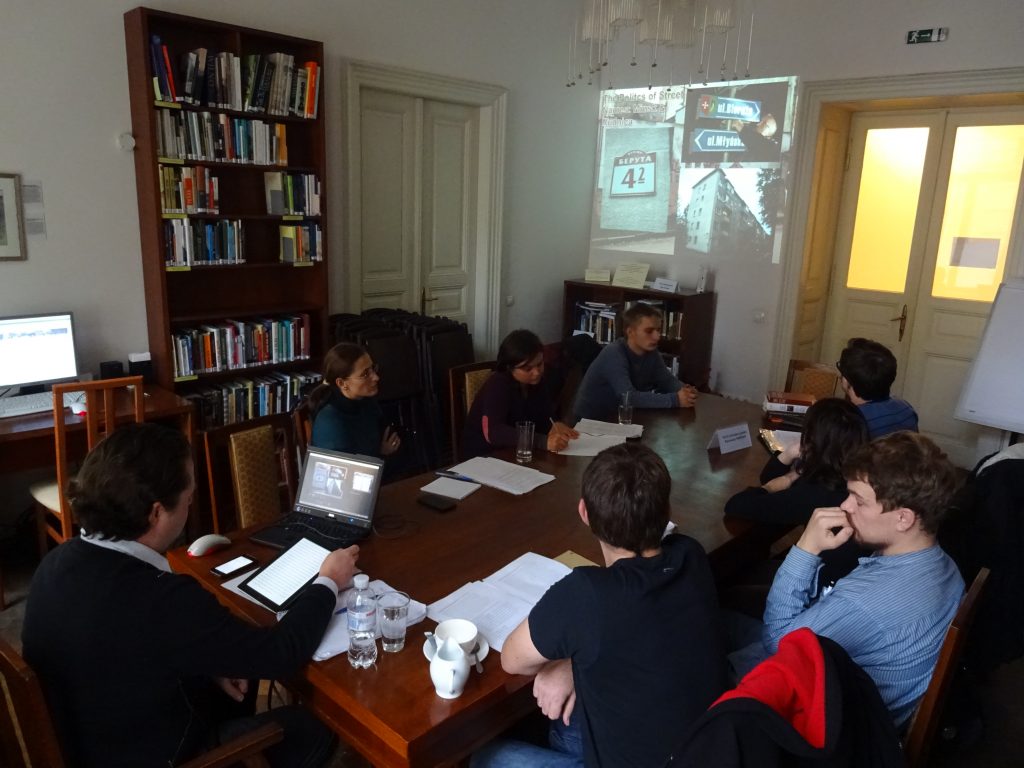Socio-Cultural Impact of the Post-World War II Political Configuration on Urban Space, Identity and Culture in East-Central Europe: A Comparative Case Study of Jelenia Góra and Drohobych
Michał Młynarz
University of TorontoOctober 25, 2016 / 4.00 pm
Center for Urban History, Lviv
With the radical reconfiguration of the political schema of Europe in the post-1945 period, millions of people were forcibly removed from their homes, eliminating century-old ties to the land and community. These politically forced movements completed a process years of War had begun: the complete demographic and cultural reconfiguration of urban space throughout East-Central Europe. In this presentation, Michał Młynarz will examine these processes in microcosm through a comparative analysis of Jelenia Góra, Poland, and Drohobych, Ukraine. Both cities saw the establishment of ethnically homogenous populations, the imposition of "official" Soviet-bloc historical narratives, and extensive processes of the destruction, replacement, and modification of urban space. Between the mid-1940s and the mid-1960s and 1970s, the most significant changes had been set. In the post-Soviet period, monuments, street names and related phenomena have been increasingly modified to fit into a more nationalist framework in both independent Poland and Ukraine.
The historical literature in this field is largely focused on major metropolitan centers. This research will help to expand this field by emphasizing the significance of smaller settlements in such processes of revision. The analysis of these processes in microcosm can provide us with a stronger understanding of changes to post-WWII political regimes and commemorative patterns in the urban space of East-Central Europe as a whole. While focusing on the post-1945 and post-1989 periods, an overview of the cultural landscape of both towns from the late nineteenth century through to the major events of the War was also provided. The presentation drew upon archival research-in-progress in Poland, Germany and Ukraine, and centred its analysis on monuments, museums, city streets, and buildings of worship.
Michał Młynarz
is a doctoral candidate in History at the University of Toronto. His specialization is the modern socio-cultural history of East-Central Europe, particularly Poland and Ukraine. He main fields of interest lie in collective memory, especially the memorialization of World War II and post-War expulsions and migrations, and in fields of urban history relating to monuments, museums, and buildings of worship in the region. He has also worked on several historical projects on Slavic immigration to Canada, including the research and co-curating of an original exhibit on the Polish, Ukrainian and Russian history of St. Albert, Alberta.



